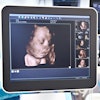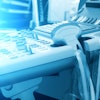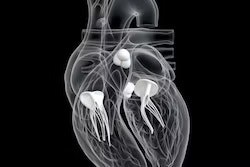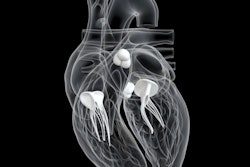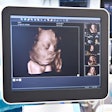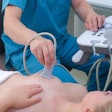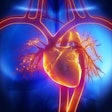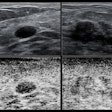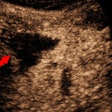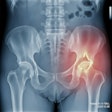UltraSight is highlighting a study showing that its point-of-care ultrasound (POCUS) AI software can help novice users interpret diagnostic cardiac images.
Researchers led by Roberto Lang, MD, of the University of Chicago, assessed the quality of echocardiographic exams performed by inexperienced users guided by Ultrasight’s software and evaluated their suitability for diagnostic interpretation of basic cardiac pathology, as well as quantitative analysis of cardiac chamber and function.
“After minimal training with the real-time guidance software, novice users can acquire images of diagnostic quality approaching that of expert sonographers in most patients,” Lang and colleagues noted, in a study published November 13 in Circulation: Cardiovascular Imaging.
In the study, the software was embedded into a handheld POCUS device (Lumify, Philips). Six nurses and three medical residents who underwent minimal training scanned 240 patients (63% with cardiac pathology) in 10 standard views. All patients were also scanned by expert sonographers using the same device without AI guidance.
The analysis showed that images obtained by novices and sonographers yielded concordant diagnostic interpretation in 83% to 96% studies. In addition, quantitative analysis was feasible in 83% of images acquired by novices and resulted in high correlations (r≥0.74) and small biases, compared with those obtained by sonographers.
The published results validate the efficacy of the technology and open up new possibilities for improved cardiovascular care and diagnostics, UltraSight said, in a news release.
The full article is available here.
